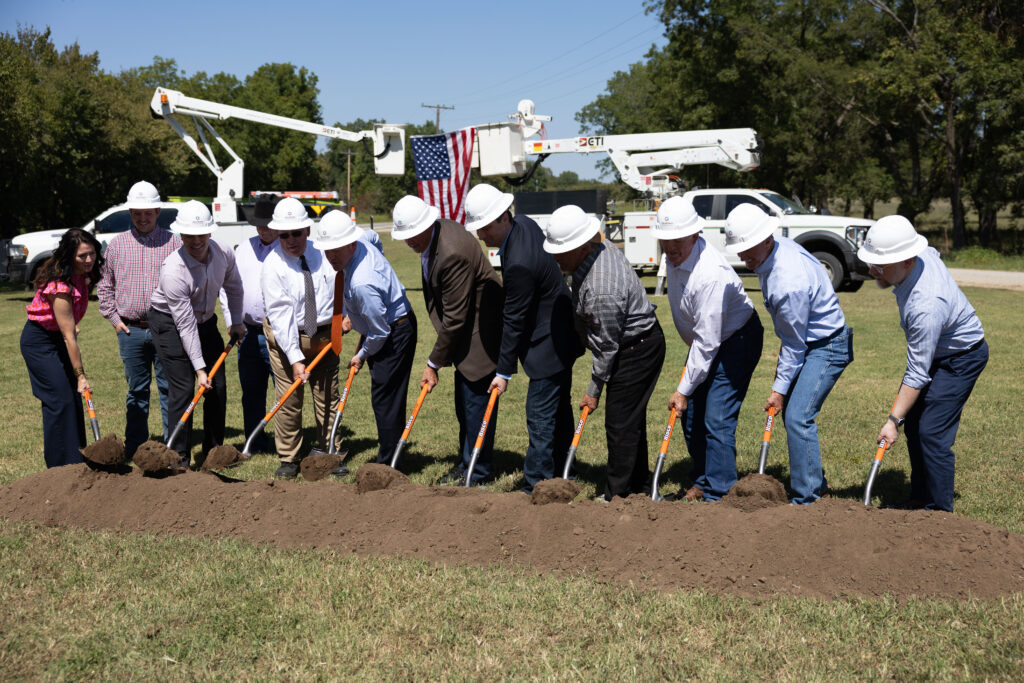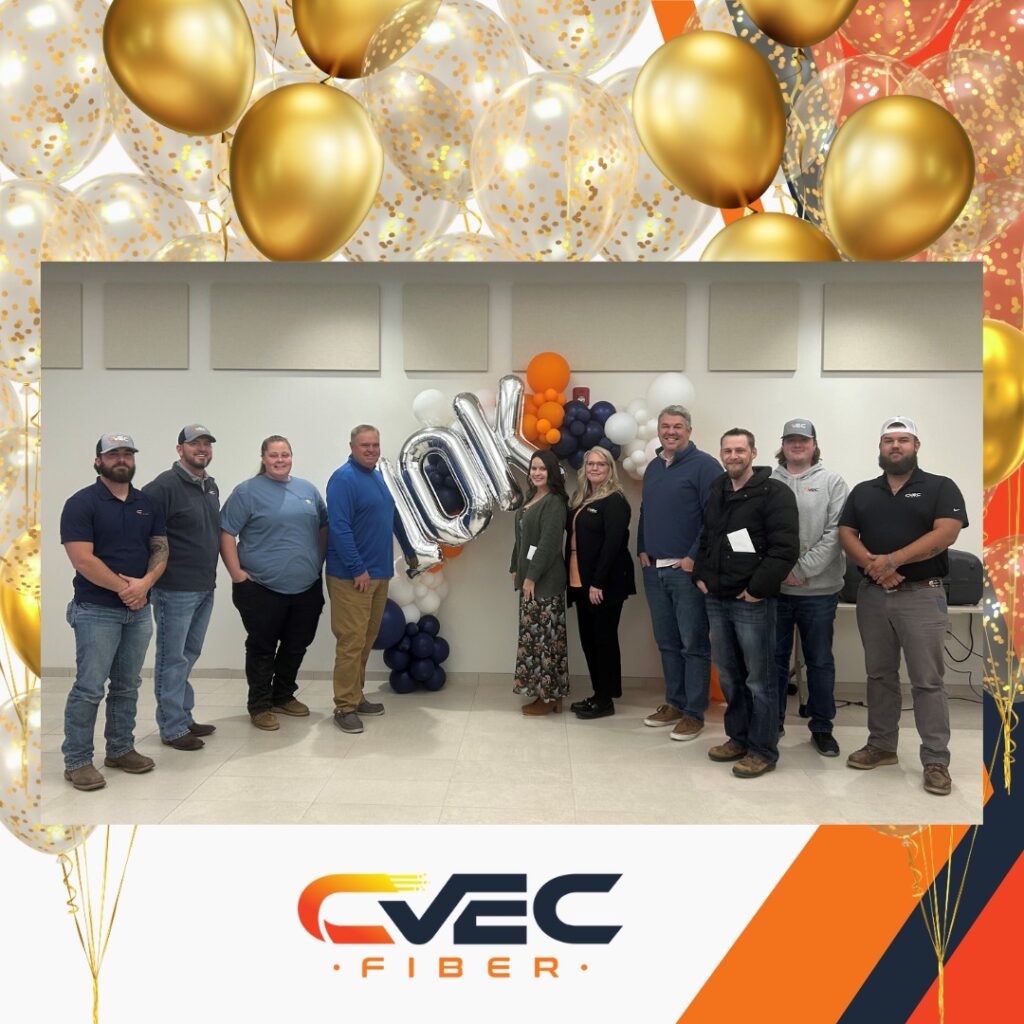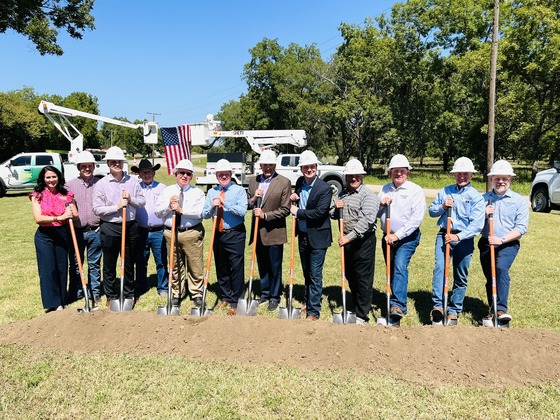
Arkansas Valley Electric Cooperative Corporation (AVECC) has been awarded $18 million by the U.S. Department of Energy (DOE) to bolster its grid infrastructure and enhance affordable, clean energy delivery to Oklahoma and Arkansas River Valley communities. The funding, part of the Grid Resilience and Innovation Partnerships (GRIP) Program, will support AVECC’s “Beyond AMI to True Grid Intelligence with Distributed Automation” project, focusing on smart grid technology implementation.
This significant investment comes at a crucial time, as extreme weather events increasingly strain the nation’s aging power grid.
AVECC CEO Al Simpson underscored the cooperative’s dedication to grid resiliency and modernization. Since initiating its Smart Grid project in 2018 by launching AVECC’s fiber subsidiary, Wave Rural Connect, AVECC has laid the groundwork by integrating fiber optic communications into its electrical system. This new funding will accelerate the cooperative’s goal of providing its members safe, reliable, and affordable power.
The GRIP program, funded by the Bipartisan Infrastructure Law and administered by the DOE’s Grid Deployment Office, aims to improve grid flexibility and resilience against extreme weather threats. By leveraging federal and private investments, the program supports communities in building reliable grids capable of withstanding severe weather while promoting affordable, clean energy and fostering local economic growth and job creation.
AVECC’s project will implement cutting-edge smart grid technologies to enhance the efficiency, reliability, and flexibility of its distribution grid.
AVECC System Engineer Samantha Renard explained that new funding will create a next-generation metering platform. This platform will enhance data collection and analysis, incorporate improvements to breakers and regulators, and ultimately result in a more reliable and efficient grid.
This improved system will have tangible benefits for AVECC members. Renard explained that by “getting real data in,” the cooperative can “actually take that data and determine what’s going on in the field.” These advancements allow AVECC to proactively address outages “without having to wait for a phone call,” leading to faster isolation and resolution of issues, ultimately providing “a more reliable system to hopefully keep the lights on.”
Chris Howe, AVECC Engineering Manager, clarified that the data collected is not invasive. He explained that the information is in two parts. “One part involves gaining visibility on the grid of our devices, such as regulators and reclosers, to understand system loading and balancing better. The other part focuses on providing members with more of their own information. The new metering platform will offer members greater insight into their energy usage, moving beyond the current “one-hour intervals” to provide more granular data.”
Investing in the “Beyond AMI Grid Intelligence with Distributed Automation” project will benefit AVECC’s members while strengthening the nation’s power grid.









